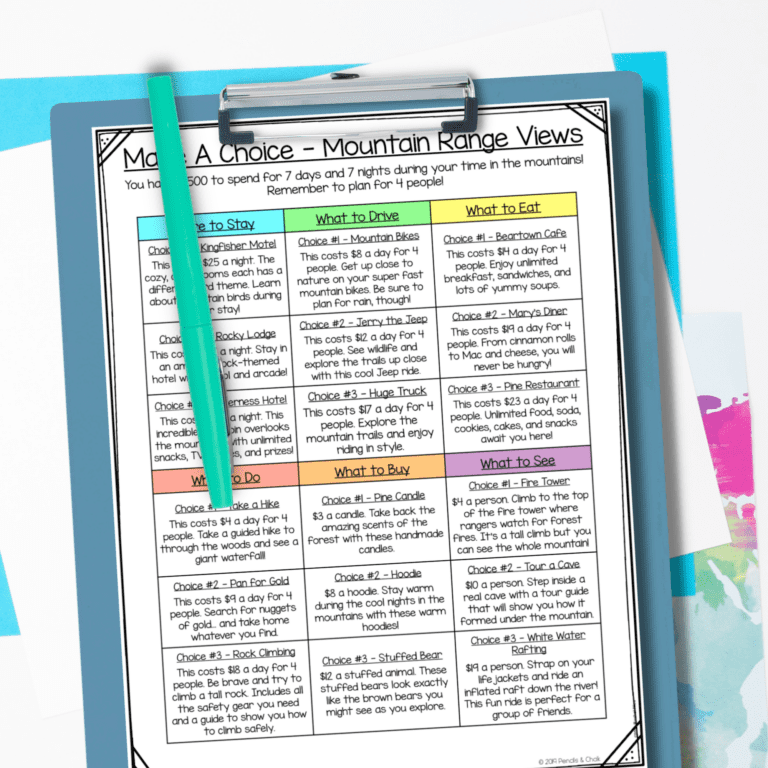Believe it or not, even S.M.A.R.T. goal setting for kids is an amazing tool to help them follow through with their commitments!
Although kids may need a bit more guidance from their parents or teachers on how to set goals, it can be a wonderful tool to help them achieve meaningful things in 2024.
There is something incredibly powerful about actually writing a goal down, coming up with a plan to reach those goals, and tracking progress towards them.
Plus, hopefully if children learn the skill of goal setting at a young age, they’ll be more likely to carry this habit into adulthood.
So let’s look at how to help children set S.M.A.R.T goals!
What Is S.M.A.R.T Goal Setting?
In case you’re not familiar, S.M.A.R.T goal setting is just a fun acronym to help you come up with a structure for your goal setting. Each letter stands for a different part of the process.
S – Specific
M – Measurable
A – Attainable
R – Relevant
T – Timely
Let’s take a closer look at the specifics of each step of this process.
Specific
A lot of the time children will have a vague idea of a goal that they want to achieve but need a lot of support when it comes to answering the 5 W questions; Who? What? When? Where? (and for older children you could even include the Why?)
Help them think through what resources they need to achieve their goals, who they need to support them, when they will carve out time to work towards their goal, and of course, what SPECIFICALLY their goal is.
Older children (MAYBE fourth grade and above) may even be able to consider WHY this goal is important to them.
Talking through these specifics promotes wonderful higher order thinking skills and encourages children to take a critical look at not only their goals, but the specifics of attaining them.
Measurable
After a goal has been established it is important for children to understand that they should be able to track their progress TOWARDS their goal. Tracking progress helps to encourage intrinsic motivation because children can visually see their progress, even when (inevitably) it seems that they aren’t gaining any traction towards their goals.
If there is a physical graph or chart they can fill/color in themselves, it makes progress towards the goal even more powerful. Tangibility in SOME form is vital, the younger the child.
Attainable
Attainability is another area many children will need help understanding. Although it’s WONDERFUL to have BIG, long-term goals, it’s important to remember that children are likely to be discouraged if they set goals that are unrealistic (…as are adults!)
Talking through what is realistic and what isn’t is powerful! Just remember to be encouraging and acknowledge their ideas but help them understand WHY a more realistic goal is appropriate
Relevant
Talking about why a goal is important to a child is wonderful because there will be times that they don’t want to move forward. That’s when our jobs as parents is, to remind them of their ‘why’ and remind them how wonderful they are going to feel when they reach their goal!
Also, ensuring that there is some sort of benefit to their goal is important too. Even if it’s just a personal fulfillment item for them, it’s great to read deeper into what is truly important to our children and why.
Timely
Keep in mind that children really struggle with the concept of time, which is perfectly developmentally appropriate.
So encouraging children to set goals that are attainable within a smaller time frame, is important. You know your child better than anyone else, so think about their grit and patience and what you feel is an appropriate amount of time to a lot for them to achieve that goal.
I would love to hear the goals that your children set for themselves and how you plan to support them as they work towards achieving those goals!




